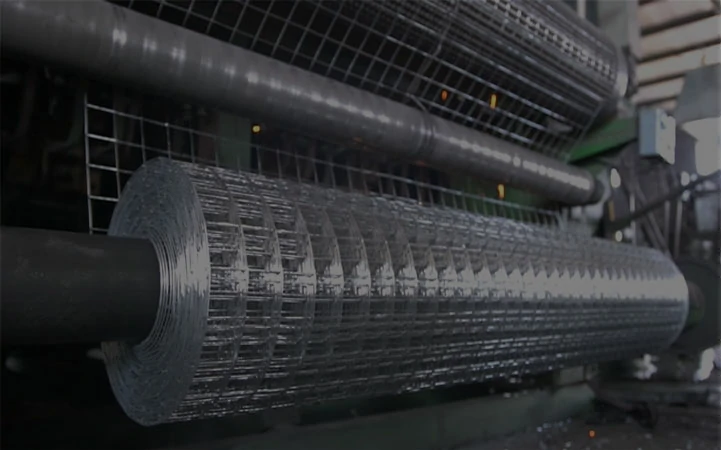binding wire
Understanding Binding Wire An Essential Tool in Modern Construction
Binding wire, a versatile and indispensable material, plays a critical role in various industries, particularly in construction and agriculture. Commonly made from mild steel or galvanized steel, binding wire is primarily utilized for binding or fastening purposes. This article aims to delve into the significance, applications, and types of binding wire, highlighting its essential role in modern construction.
What is Binding Wire?
Binding wire is a type of wire that is used to hold materials together. It typically comes in coils and can vary in thickness, making it suitable for various applications. Its flexibility and strength allow it to be easily twisted around materials to provide secure binding. Generally, binding wire ranges from 0.8 mm to 1.6 mm in diameter, though other sizes may be available based on specific requirements.
Applications in Construction
The most prominent application of binding wire is in the construction industry. Builders and contractors use it to bind rebar in concrete structures. This ensures that the reinforcement bars are held together, allowing concrete to set properly and providing the necessary tensile strength to withstand loads. The use of binding wire is crucial in ensuring the stability and durability of buildings, bridges, and other infrastructure.
In addition to holding rebar, binding wire is also utilized in scaffolding, where it secures various components together, enhancing the safety of construction sites. Moreover, it is widely used for tying up insulation and wiring, making it an essential item in electrical and mechanical installations.
Agricultural Uses
binding wire

Beyond construction, binding wire finds significant use in agriculture. Farmers use it to bind plants, especially climbing varieties, to support structures such as trellises. This application not only aids in plant growth but also facilitates easier harvesting. Additionally, binding wire is employed for securing fencing and other agricultural installations, making it a reliable resource for maintaining farms and agricultural productivity.
Types of Binding Wire
There are several types of binding wire available in the market, each designed for specific applications
1. Mild Steel Binding Wire This is the most common type, known for its strength and malleability. It is ideal for construction-related tasks, particularly in tying rebar.
2. Galvanized Binding Wire Coated with zinc, galvanized binding wire is resistant to rust and corrosion. It is often used in outdoor applications, making it suitable for agricultural purposes and environments where moisture is prevalent.
3. Plastic-Coated Binding Wire This type combines the durability of steel with a plastic coating that provides additional protection against corrosion. It is widely used in gardening and landscaping due to its aesthetic appeal and environmental resistance.
Conclusion
In conclusion, binding wire is a crucial component in both construction and agriculture, with its applications significantly impacting these industries. Its role in binding materials together enhances the strength and security of structures, ensuring safety and efficiency. As industries continue to evolve, the importance of binding wire remains steadfast, proving that this simple yet effective tool is essential for modern construction practices and agricultural efficiency. Understanding the various types of binding wire and their applications can aid professionals in selecting the right materials for their specific needs, ultimately contributing to more robust and resilient projects.
-
Space-Saving Chain Fence Hacks Vertical Gardening with Cyclone MeshNewsJul.16,2025
-
Innovations in Iron Nail Wire Production for Modern ConstructionNewsJul.16,2025
-
Creative Uses of Wire Netting Fence in Modern Landscape DesignNewsJul.16,2025
-
Barbed Wire Fence Innovations in Anti-Climb TechnologyNewsJul.16,2025
-
Architectural Uses of Umbrella Nails for Aesthetic Roof DesignsNewsJul.16,2025
-
Architectural Uses of Razor Barbed Wire in Secure Urban DesignNewsJul.16,2025




